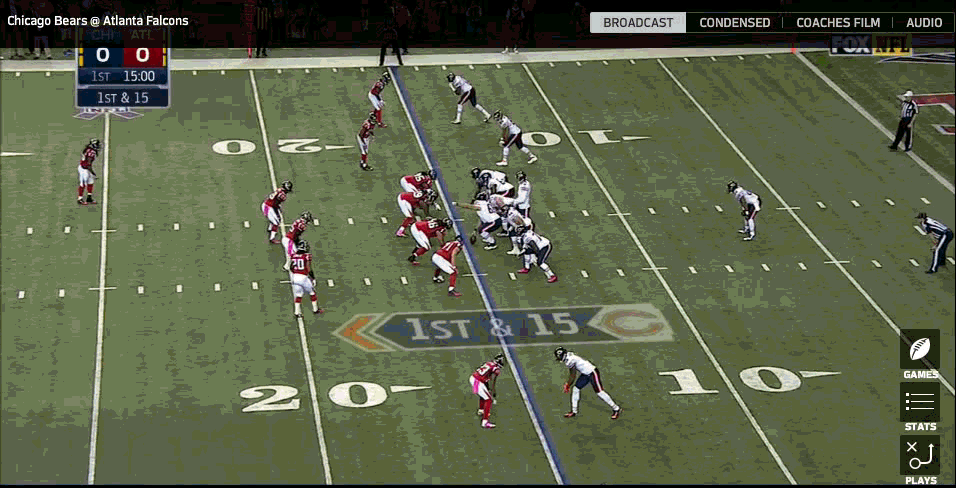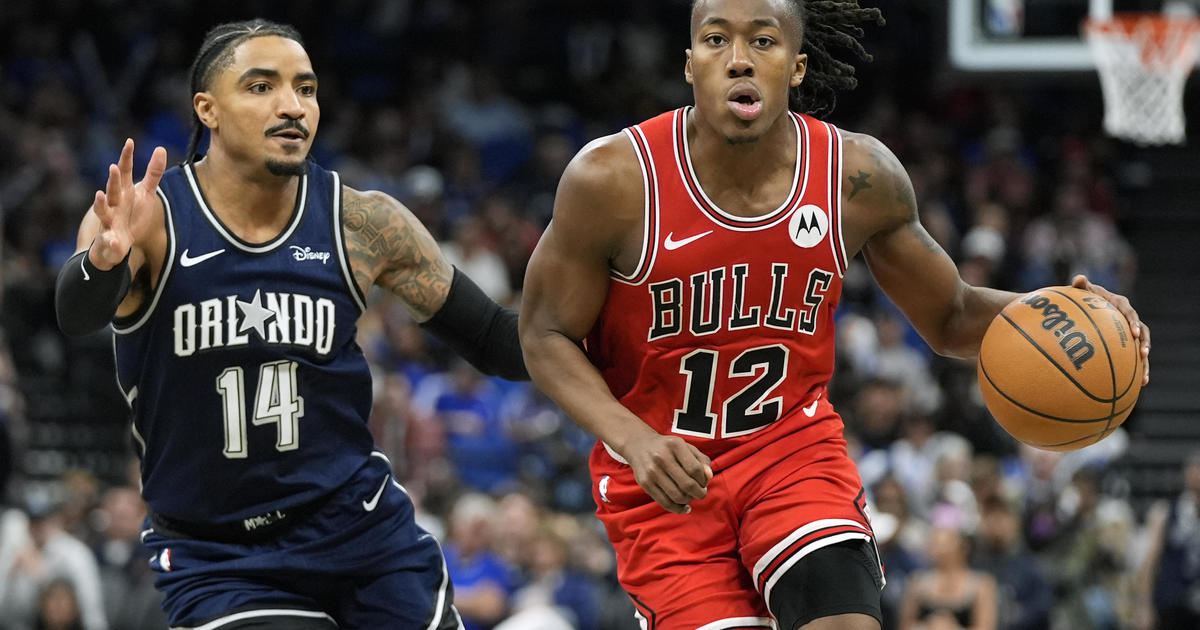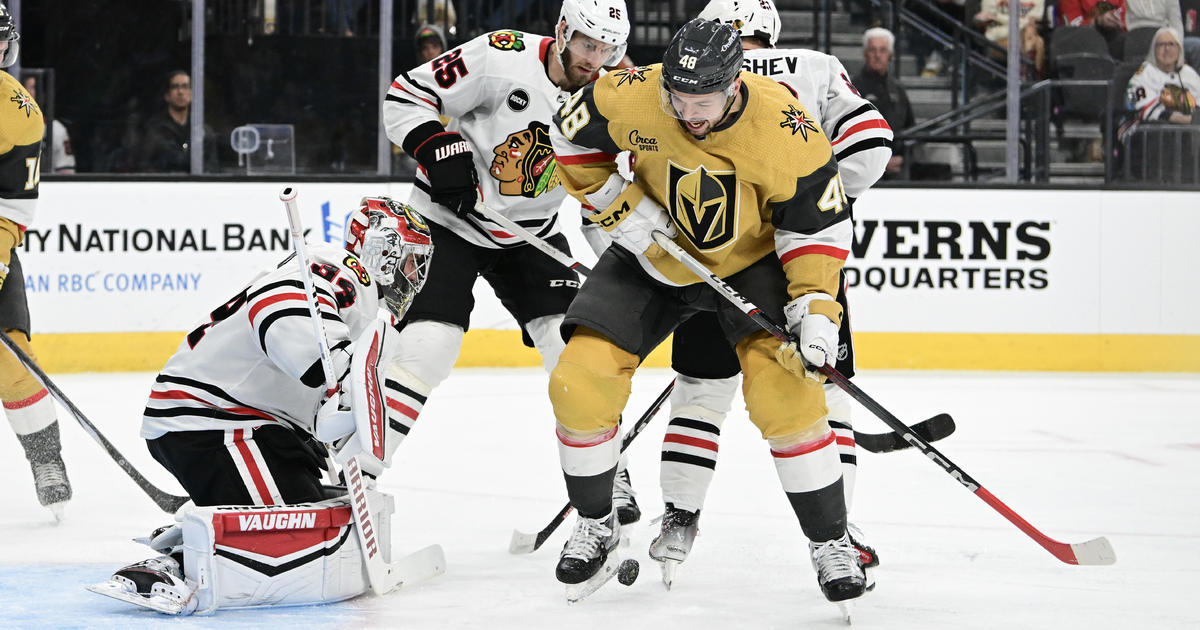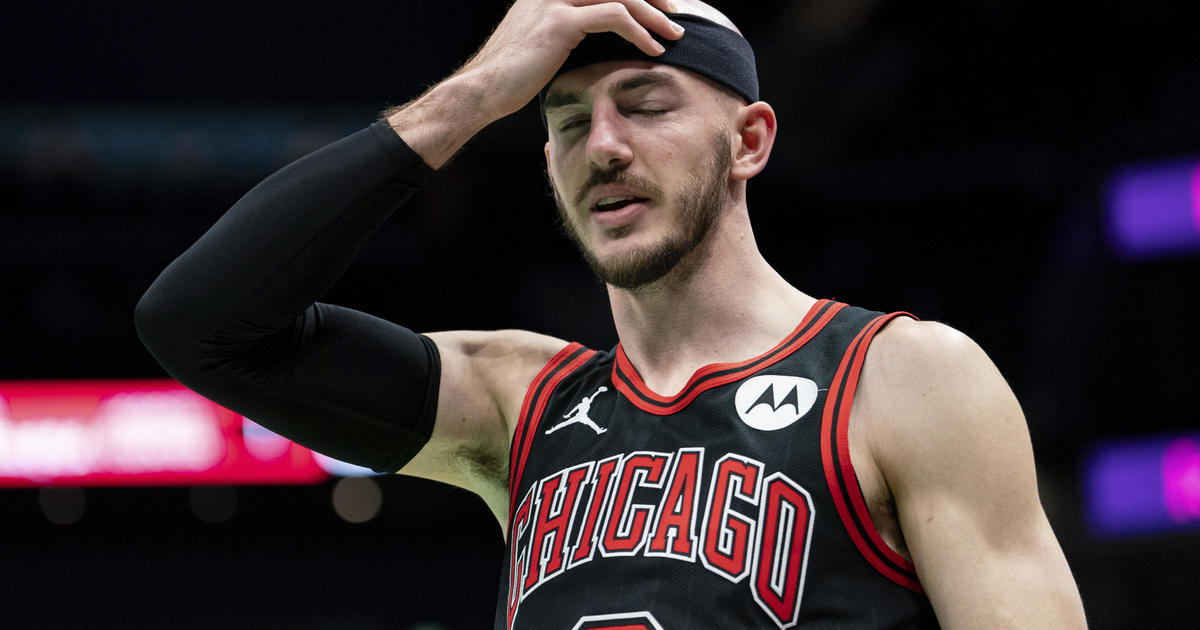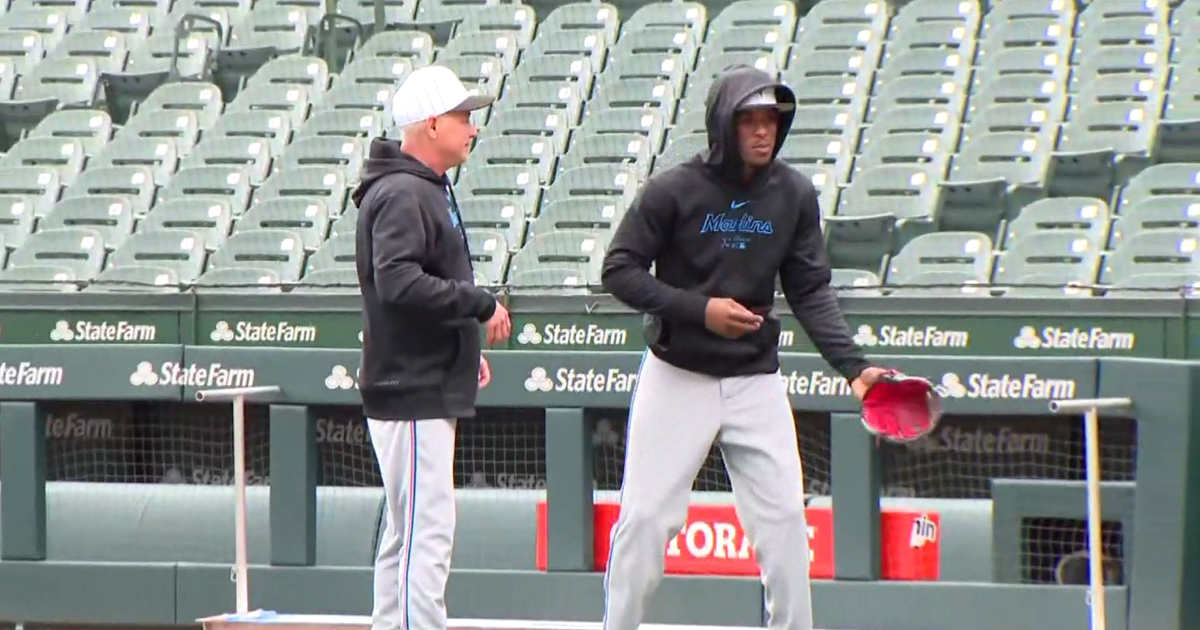Durkin: Viewing The NFL Through A Different Lens
By Dan Durkin--
(CBS) Let's face it, when you sit down to watch an NFL game, you're seeking entertainment. It's a three-hour escape from the grind in which you rescind control of your emotions to a group of hulking men who don your favorite colored uniforms.
It's perfectly fine to just kick up your feet and enjoy some food, beverages and the company of others and take the game as it's presented to you by the broadcast.
However, there's a burgeoning community of information seekers out there interested in a more intellectual viewing experience.
The release of All-22 coaches film has allowed other analysts -- like myself -- to present more nuanced and technical aspects of the game. In turn, football IQs are growing, and the game is becoming demystified and enjoyed on different levels.
Simply put, successful football is predicated on preparation and communication.
Coaches and scouts pore over hours of game film to glean their opponent's tendencies and rules. This information is then charted, analyzed and distilled down into game plans designed to teach players how to attack and react in virtually every game situation. Players are given pre-snap keys -- such as personnel groupings, stances and alignments -- to trigger educated post-snap reads and reactions.
When watching a game from home, you'll notice players frenetically gesturing, signaling and barking out code words to each other prior to the snap of the ball. All of these are attempts to ensure all 11 men are on the same page and know what their particular assignment is for that play.
Today, we're going to explore these pre-snap communications through the eyes of key offensive players, with the goal of heightening your viewing experience.
Identifying the Mike
Given the numerous microphones on the field, you're certain to hear the center or quarterback declare who the Mike (middle) linebacker is before the snap, by shouting, "(Player number) is the Mike!" and pointing at a particular player.
So what does that mean?
Let's do a quick football math check before we dive into the answer. Of the 11 players on offense, other than the quarterback, you have five blockers and five eligible receivers. Thus, an offense must take inventory of how the defense is aligned to ensure they have the right protection in place for a pass or enough blockers in place to give the ball-carrier an aiming point on a run.
Identifying the Mike centers the blocking scheme.
Assuming it's a basic man-on-man blocking scheme on that play, the center is responsible for the Mike, then the offensive guards are responsible for the first player lined up on either side of the Mike, and the offensive tackles are responsible for the second player lined up on either side of the Mike.
Rather than use All-22 coaches film, I'll use the same images and camera angles you'll see while watching the broadcast at home.
(All images courtesy of NFL GamePass)
Here in a clip from 2014, you can see Bears center Roberto Garza and quarterback Jay Cutler both pointing at and declaring the Mike to help set the blocking scheme.
Occasionally, the quarterback will change the Mike point after the initial declaration, as he has a better view of the secondary and may be able to identify a late blitz recognition from a dropping safety or linebacker.
The advantage an offense has over a defense is it knows both what the play call is and when the ball will be snapped. The advantage the defense has is it can shift and adjust its front based on how an offense lines up.
Thus, whether it's a pass or a run, the offensive line -- as well as tight ends and running backs in some cases -- must be clear on who their blocking assignment is in order for a play to succeed. So identifying the Mike helps them know how they're centered and how to adjust or slide protection to create three- or four-man blocking surfaces if a defense has them outnumbered on one side of the ball.
Counting the box
You'll hear people on the broadcast talk about defenders playing "in the box." So what is the box?
The box is a rectangular area that extends roughly five yards in front of the ball and five yards to the sides of the end men on the line of scrimmage.
If the box has seven men or fewer, the offense can get a "hat on a hat" and run the ball. If a box has eight or nine men, the defense is either selling out to stop the run or preparing for an overload blitz by sending one more defender than the offense can block.
Over the past few seasons, a concept of "packaged" plays migrated from the college game into the NFL. At its core, a packaged play -- commonly run by teams like the Eagles and Packers -- combines run/pass concepts into one play.
Which play the quarterback selects is based on a box count. If it is a "light" box, the quarterback will hand the ball off. Otherwise, he will keep it and quickly throw a pre-determined route.
Even if a team doesn't execute packaged plays, audibles achieve the same purpose. Thus, learning how to quickly count the box at home can help you understand what types of play may succeed, as well as what coverage the secondary is in by knowing how many deep safeties there are, which is my next topic.
Reading the secondary
A quarterback reads a defense from the top down: safeties to cornerbacks to linebackers to the defensive line. His best indicators of potential blitzes, what coverage a defense is in and how they intend on fitting the run comes from the safety alignments.
Teams are fond of disguising their coverages by giving a pre-snap look, only to rotate into a different coverage right before the snap of the ball. This requires a quarterback to make post-snap reactions and adjustments in split seconds.
When watching at home, you may not always get a camera angle that shows the safeties. It will likely make the ball the center of the shot, which may cut off the top of the defense.
However, if you can count the box and then add that number to the number of visible defensive backs, you will know how many safeties a team has deep. It's easy math. Try it.
A seven-man box with two cornerbacks means there are two deep safeties. The middle of the field is considered open (MOFO), and the team is likely in Cover-2 zone or man (the deep zone is split in half) or Cover-4 zone coverage (the deep zone is split in quarters).
An eight-man box with two cornerbacks means there is one deep safety. The middle of the field is considered closed (MOFC), and the team is likely in Cover 1 (man-free) or Cover-3 zone coverage (the deep zone is split in thirds).
A nine-man box with two cornerbacks means there is no deep safety, called Cover-0, and the defense is likely bringing an all-out blitz.
You can also get a good read on the coverage based on how the cornerbacks are lined up.
If they are lined up outside of a receiver (closer to the sideline) with their shoulders and eyes angled toward the quarterback, this is an indication they are in zone coverage. They know they have safety help in the middle of the field, so they are playing with outside leverage to re-route the receiver toward their help.
If the cornerbacks are lined up inside of a receiver with their eyes focused on the receiver and not the ball, they're likely in man coverage. They're focused on his release to read his pattern and are playing with inside leverage and using the sideline as an extra defender.
The .gif image below illustrates all of the pre-snap reads discussed in this column.
(All images courtesy of NFL GamePass)
Hopefully this has been a useful learning tool to help enhance your viewing experience. After a long, dramatic offseason, it will be nice to put the focus back on what happens on the field.
Dan Durkin covers the Bears for CBSChicago.com and is a frequent contributor to 670 The Score. Follow him on Twitter at @djdurkin.


